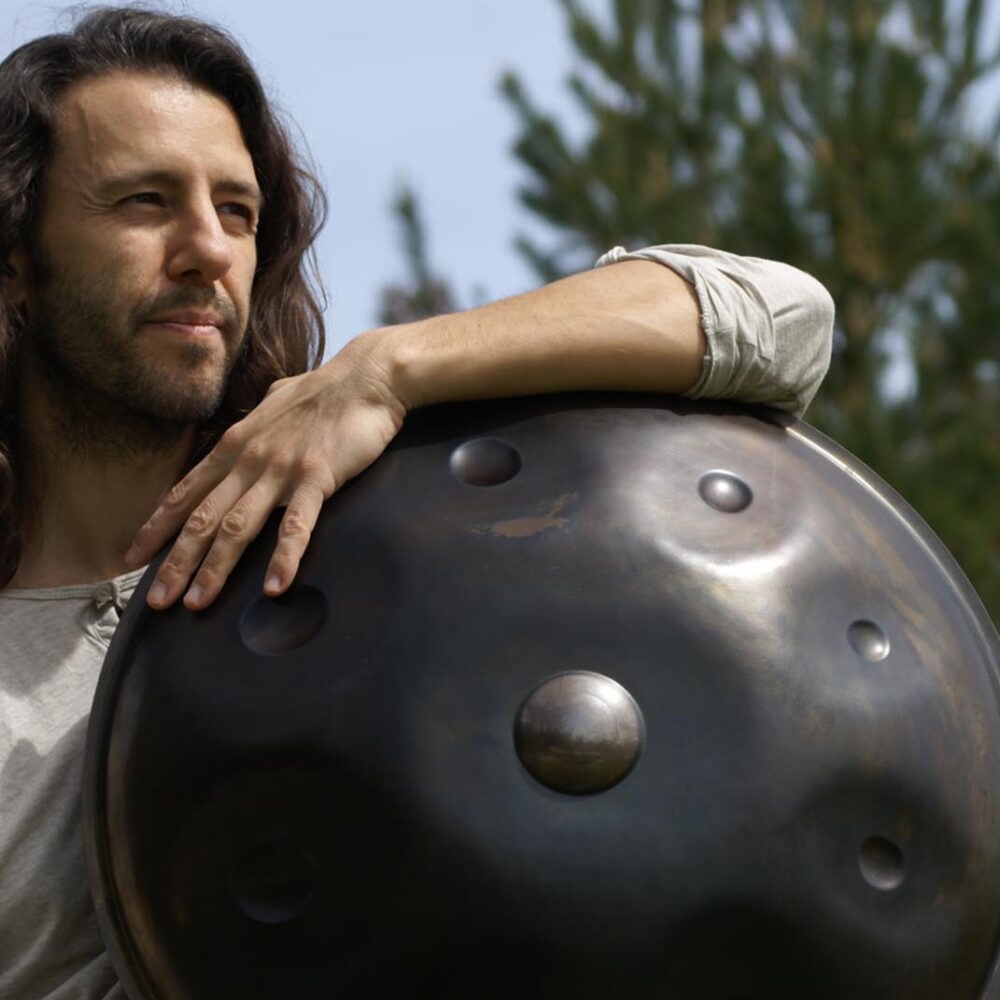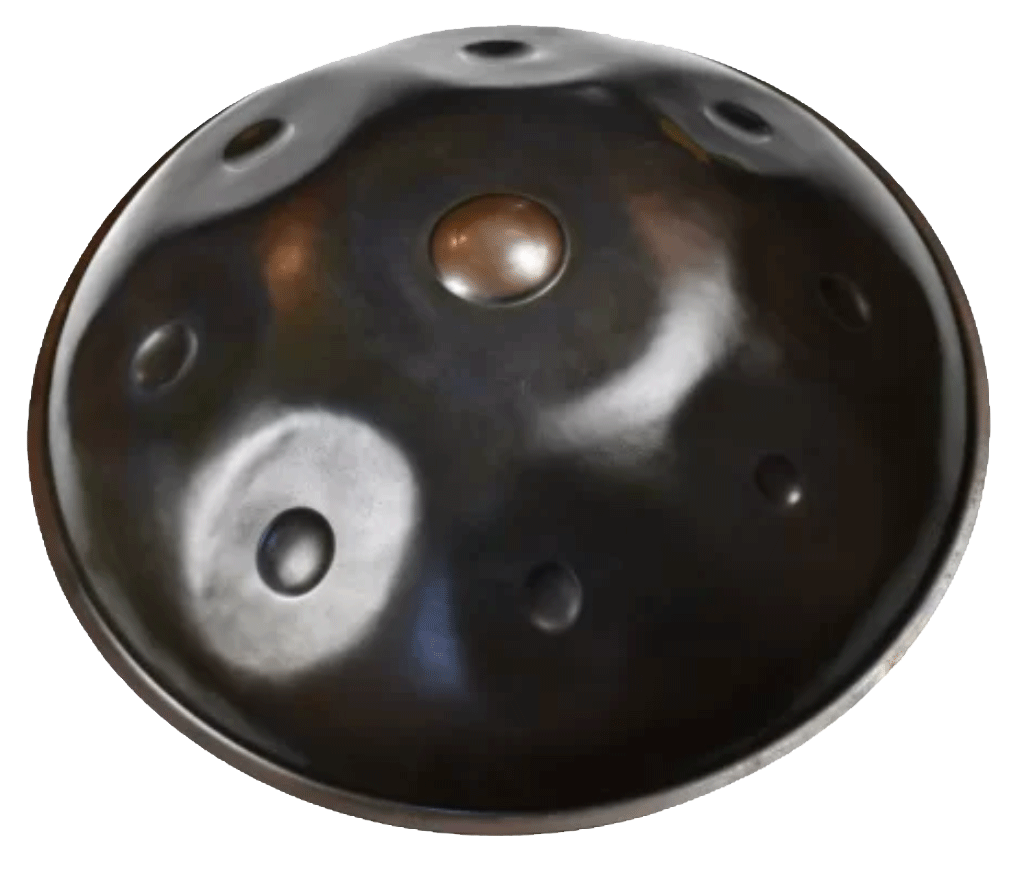
My journey with the handpan started in 2012, and since then I have become a recognized figure in the international handpan community. In 2018 playing and teaching the handpan became my full time job: I have shared the beauty of this instrument with thousands of people, organising workshops in Italy, Switzerland, Germany, Luxembourg, Belgium, and Russia.
Through partnership with trusted handpan makers, I can offer high quality handpans for discounted price, helping you to navigate through different scales, materials and sounds.
I am author of the show Music of the Stars, a fascinating journey through the Cosmos where I play live handpan music during the projection of high resolution images of the Universe and talk about the stars. The show aims to educate, entertain and inspire awe in our incredible Universe.
Former scientist, I graduated in Physics with a thesis on dark matter and obtained my PhD with a thesis on the gamma variability of the Crab Nebula. For the discovery of this variability I was awarded, together with my team, with the Bruno Rossi prize of the American Astronomical Society. I am author and co-author of more than 50 scientific publications and I’ve been a speaker at conferences in Italy, Germany, Israel, Switzerland, California and Japan.
Is an incredible journey of discovery through the Cosmos led by award-winning astrophysicist and international handpan artist Dr Edoardo Striani.
A combination of entertainment and education, the concert covers topics such as the birth and death of stars, exoplanets and the observable dimensions of the universe accompanied by ethereal live handpan music and high resolution video footage with time for questions from the audience.
Since 2018 I have taught the handpan to hundreds of students, holding handpan workshops in Italy, Germany and Switzerland.
My beginners’ workshops contain all the information necessary to start your handpan journey, alternating theory and lot of practice.
They are designed for those who have never played the handpan and want to try it, and many professional instruments will be available for your practice.
Each participant is given a handpan to practice on. After the workshop you will be able to perform different melodies and rhythms in a fun and relaxed environment. It will also be possible to rent or purchase an instrument.
Knowledge of music or other instruments is not necessary.

In the year 2000, the Swiss company PanArt presented a newly created instrument called hang®. The instrument is inspired by the steel pan, a traditional Caribbean instrument in which PanArt specialised. For several years PanArt was the only company to build these instruments, but later on several craftsmen decided to build their own version. Since the name hang® is a registered trademark, these instruments were given the name handpan. There are currently around 300 handpan manufacturers in the world.
The construction of a handpan starts with two round, flat sheets of metal, from which two domes are made. The metal used is generally nitrided steel, but in recent years instruments made of this type of material have been joined by instruments made of stainless steel.
The domes can be formed by various processes, including the use of a hammer, pneumatic hammer, lathe and hydroforming. The actual notes are obtained by locally flattening the dome and obtaining within these flattenings a pit called a dimple, which has the function of making the note more stable and facilitating the production of harmonics. Once the notes have been obtained, they must be tuned. The tuning operation is one of the most complicated and requires a great deal of experience and skill. In the lower part of the handpan, which acts as a resonance chamber, a hole called gu is drilled.
WhatsApp me